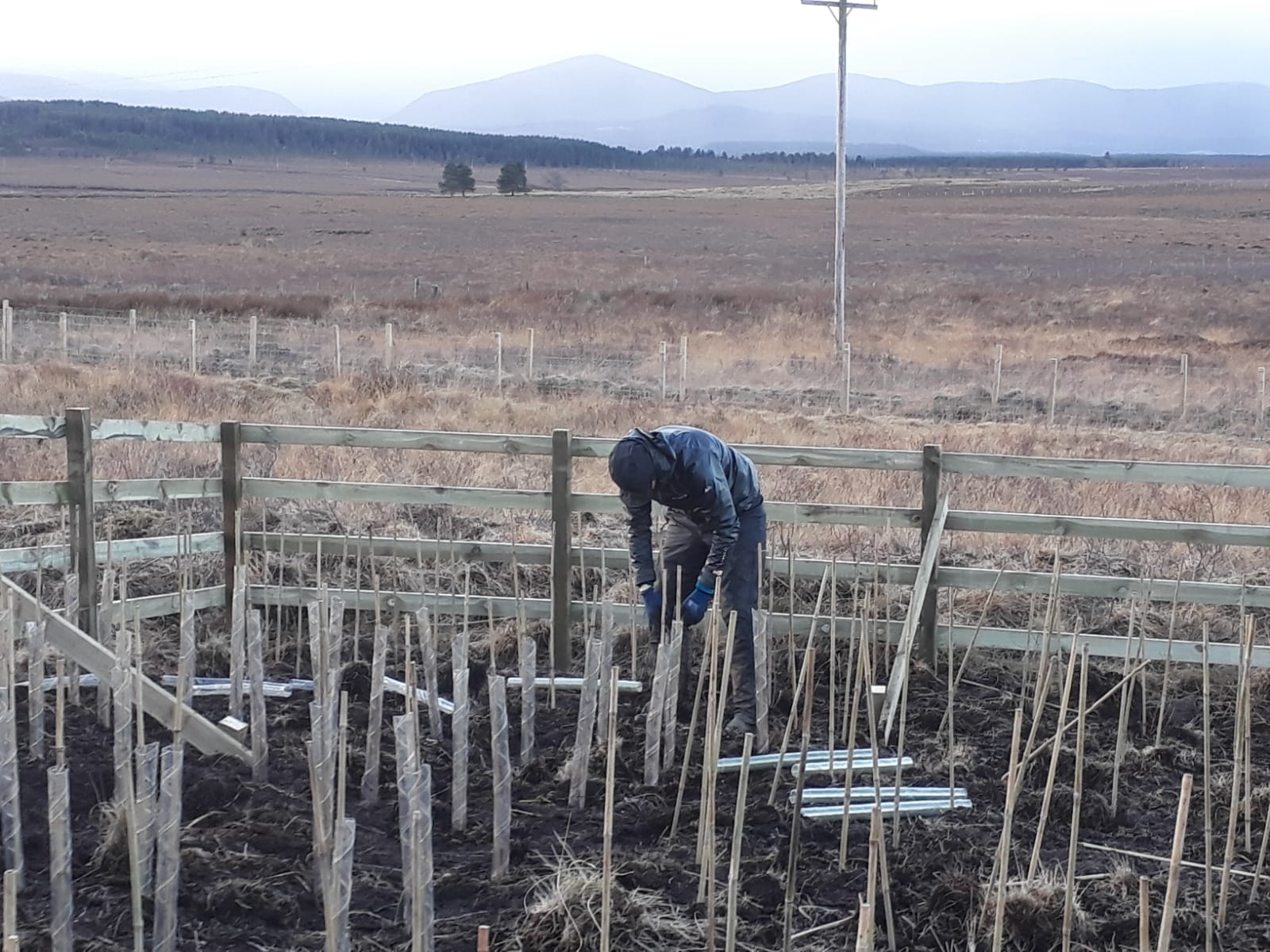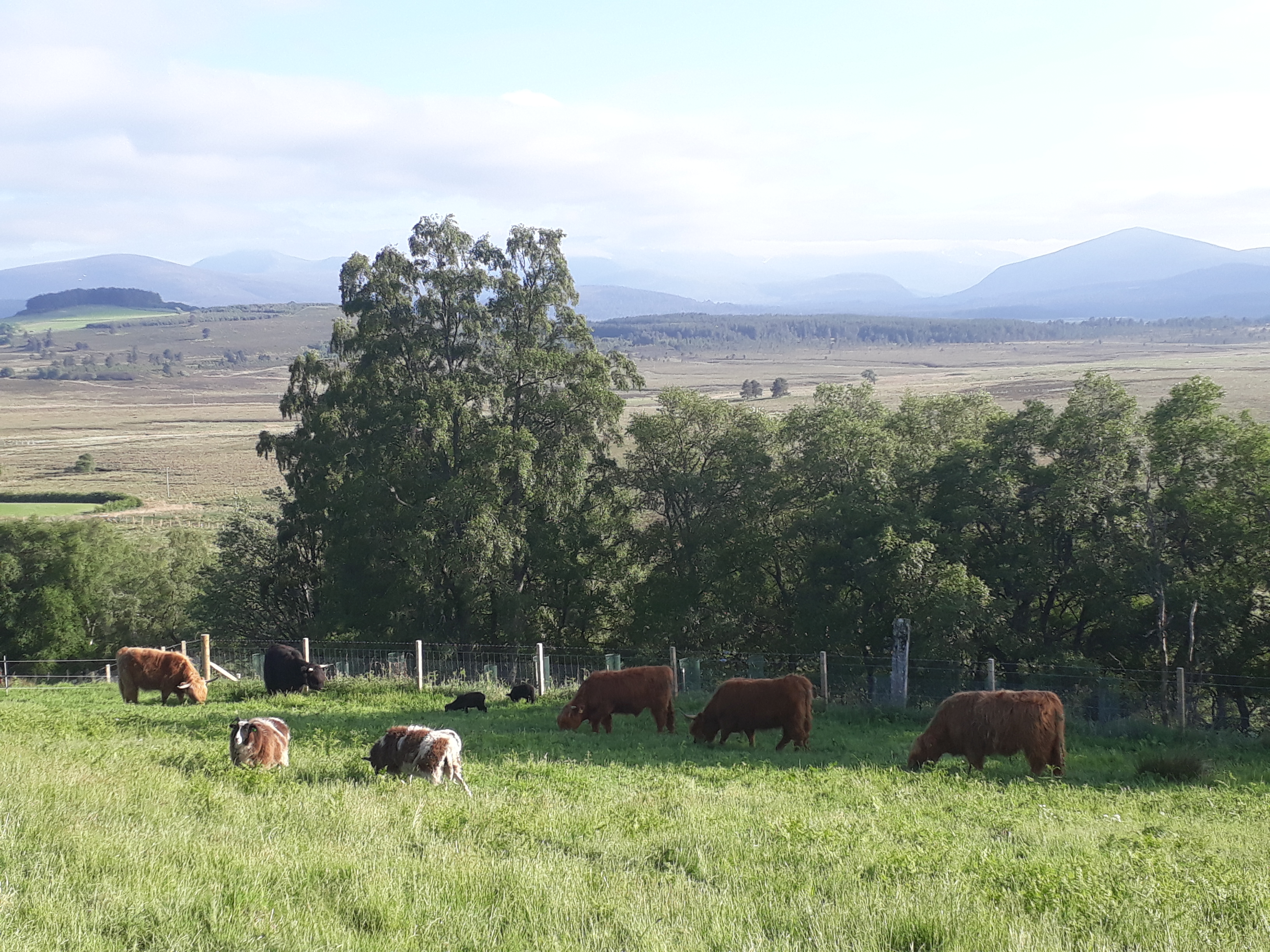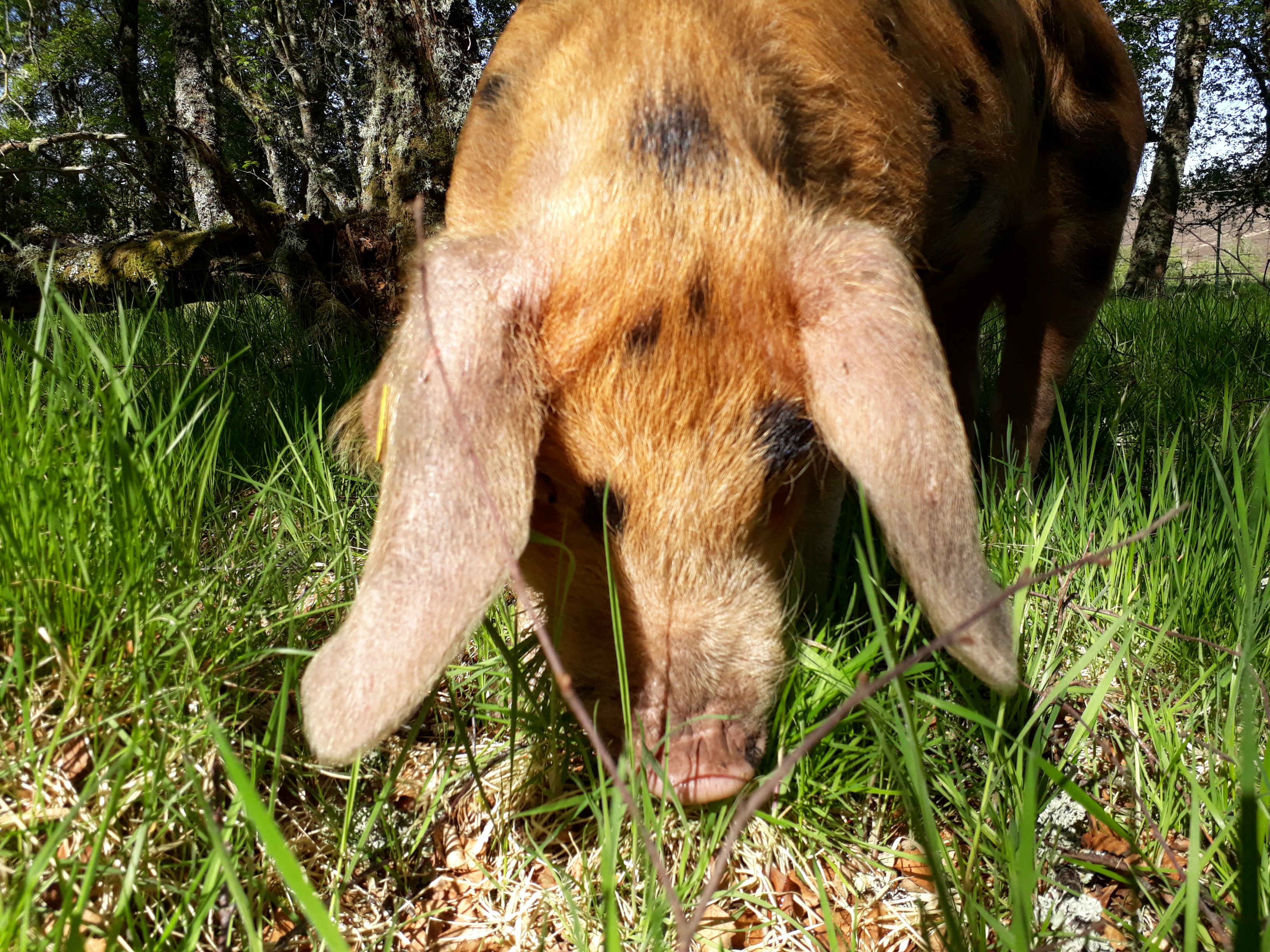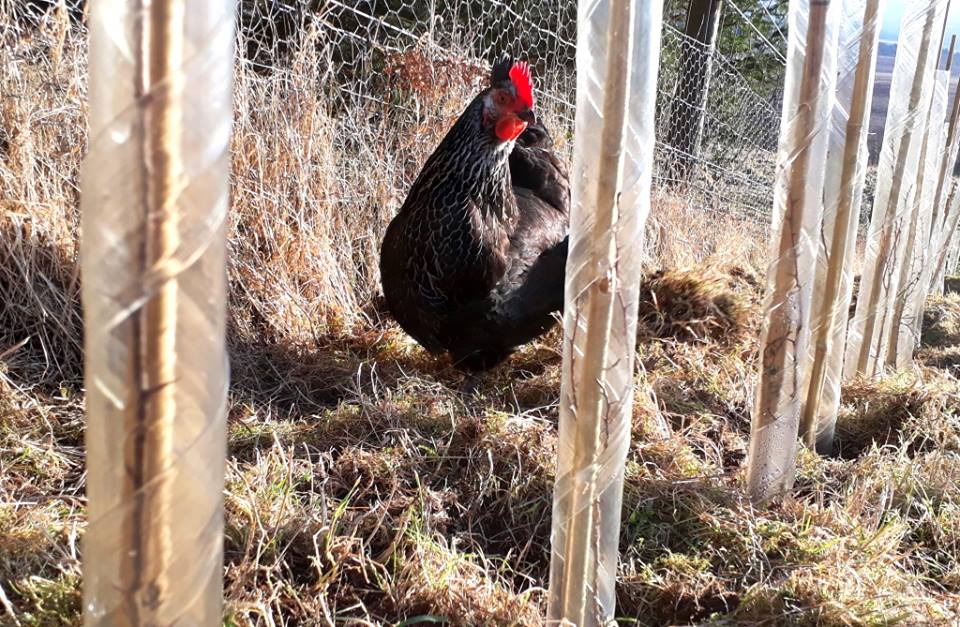
Our goal at Lynbreck is to build a profitable, small farm business where every decision outcome must have a positive environmental impact. We aim to be carbon neutral and we use a team of native animals, suitable for our land and our climate, to help us build soil and organic matter.
Our animals comprise of Highland Cattle, Jacob Sheep, Oxford Sandy and Black pigs, a variety of hens and multiple colonies of Scottish Black Bees. We apply no inputs and instead use nature as our guide to always improve diversity and regenerate our land. High animal welfare is paramount to the success of our business and we work hard to ensure our team are able to express their natural behaviours and source everything they need from the land to keep them mentally and physically healthy.
The result is an easy to handle animal that delivers positive environmental outputs and the highest quality produce which we sell direct to the consumer.

With climate change now widely accepted as something that is happening in real time, we must build a natural resilience into our farm business if it is to succeed in the long term. Therefore we have taken a decision to build a farm business that is ecologically intensive; we observe and copy natural processes so that we are always working with our environment, always preparing for extreme climatic events so that the impact on our farm business is negligible.
When we bought Lynbreck, we had no background in agriculture and no money to finance the set-up of our new business. The first few years was spent making plans and applying for grant aided funding to establish basic farm infrastructure. Our lack of experience led us to network with professionals and farmers and to read as far and widely as we could to help us gain confidence and make decisions on how we would farm.
These continue to be our two biggest challenges but we have found that building positive relationships, showing gratitude and offering reciprocal help and support has helped us to make huge strides in a short period of time.


We see trees as our most valuable farm asset and central to our business now and in the future. From day one, we have tried to look at how we can increase woodland cover and ensure the longevity of our existing woodlands.
To date we have planted nearly 30,000 trees with 17,400 in a new native hill woodland, 6,000 in a new hedgerow and 6,000 in an agroforestry project. We have set aside a further 9ha for natural regeneration and we are starting to look at incorporating more trees in our fields including fruit and nut varieties.
Trees can help to keep our animals safe in all weathers as well as offering them a different but essential type of forage. They also help to keep us safe by sheltering buildings and provide all of our wood fuel to keep us warm in the winter. Without trees, we know that our business would suffer both now in the future.
Report by hello [at] lynbreckcroft [dot] co [dot] uk (Lynn Cassells)











